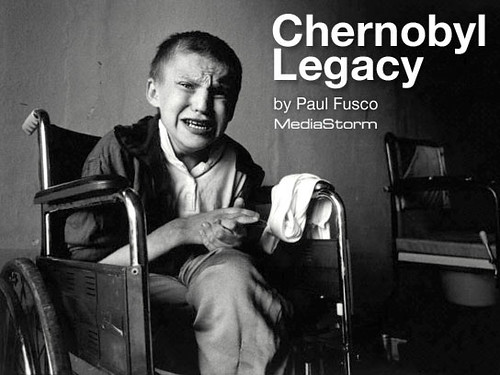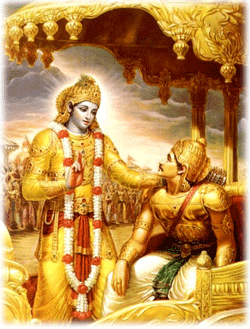Will the quality of justice improve by the creation of National Judicial Service?
National Judicial Service has been one of the most political-legal contentious issues in the judicial history of India. The debate has continued for years. On one hand the law ministry and the legislature intends to introduce the National Judicial Service in the country where as on the other hand the judiciary intends to postpone the same.
Why do judges oppose the commission of All India Judicial Service?
There are four basic ways of judicial appointments:-
1. By political institutions (Partially practiced in Italy and South Korea)
2. By judges themselves (Japan, Iraq and India)
3. By non-judge members (Brazil and Most American States)
4. Through Election (Some American States like Washington)
Presently in India, the appointment of district judges is done by the governor on consultation with High Court Judges by the purview Article 233(1) of the Indian Constitution. The Chief Justice of a High Court is consulted by the President before the appointment of any High Court Judge. These appointments are highly politicized and partial in many respects. The lower judiciary is under the dominance and control of the High Court. The district judges have to please the Chief Justice for their promotion as a High Court Judge. The commencement of Indian Judicial Service would surely decrease the power of High Court judges with reference to appointment and recruitment of judges.
When did it start?
The clause related to All India Judicial Service was incorporated in Article 312 (which deals with ALL INDIA SERVICES) by the 42nd Amendment, 1976. The clause specifically provides that Parliament in national interest may create judicial service for one or more states on request of the council of states. The provision clearly states that any post subordinate to district judge would not be included in the All India Judicial Service.
The creation of National Judicial Service is objected on three grounds:-
1. Impairment of Independence of Judiciary
2. Lack of regional language proficiency would affect the delivery of justice.
3. It would be deterrent to the interest of those who have already entered the service.
All the three contentions do not hold water. Appointments and recruitment would not affect the independence of judiciary rather it would ensure the autonomy of lower judiciary. Secondly, it is suggested that the issue of inadequate language knowledge can be easily addressed with proper allotment of states or study of multiple languages can be included as a part of judge-training. Lastly, since it is suggested that only 25% of judges in each state would be drawn from the All-India cadre; the same would not be detrimental to those already in service.
National Judicial System vis-a-vis Civil Services
The judiciary is not considered a lucrative career by most of the lawyers. The profession fails to attract a large number of competent lawyers. This adversely affects the quality of justice in the courts, which further results in delay of justice. In 2009 there were about 53,000 cases pending in SC, 40 lakh with High Courts and about 2.7 Crore in lower courts. The two main reasons for this high pendency of cases are High vacancy in courts and low judges-to-population ratio. In India the current judge-population ratio is 12.5 per million people where as in U.S. it is 114 per million. Presently 23% of sanctioned strength of the Supreme Court, 26% High Courts and 18% of Lower Courts is vacant.
Each year about 200,000 youngsters compete through an examination to enter services like I.A.S or I.P.S. The candidates are selected on merits and competency for a rigorous training of two years. If a similar system is also incorporated in the judicial services, well-qualified and competent lawyers could be attracted to the posts of judges. It would not only increase the judge-population ratio but would also improve the quality of justice.
Read more


 History of Public Interest Litigation:
History of Public Interest Litigation:
 Hillary Clinton And Michelle Obama Announce Int’l Women of Courage Award(Wazhma Frogh)
Hillary Clinton And Michelle Obama Announce Int’l Women of Courage Award(Wazhma Frogh)

